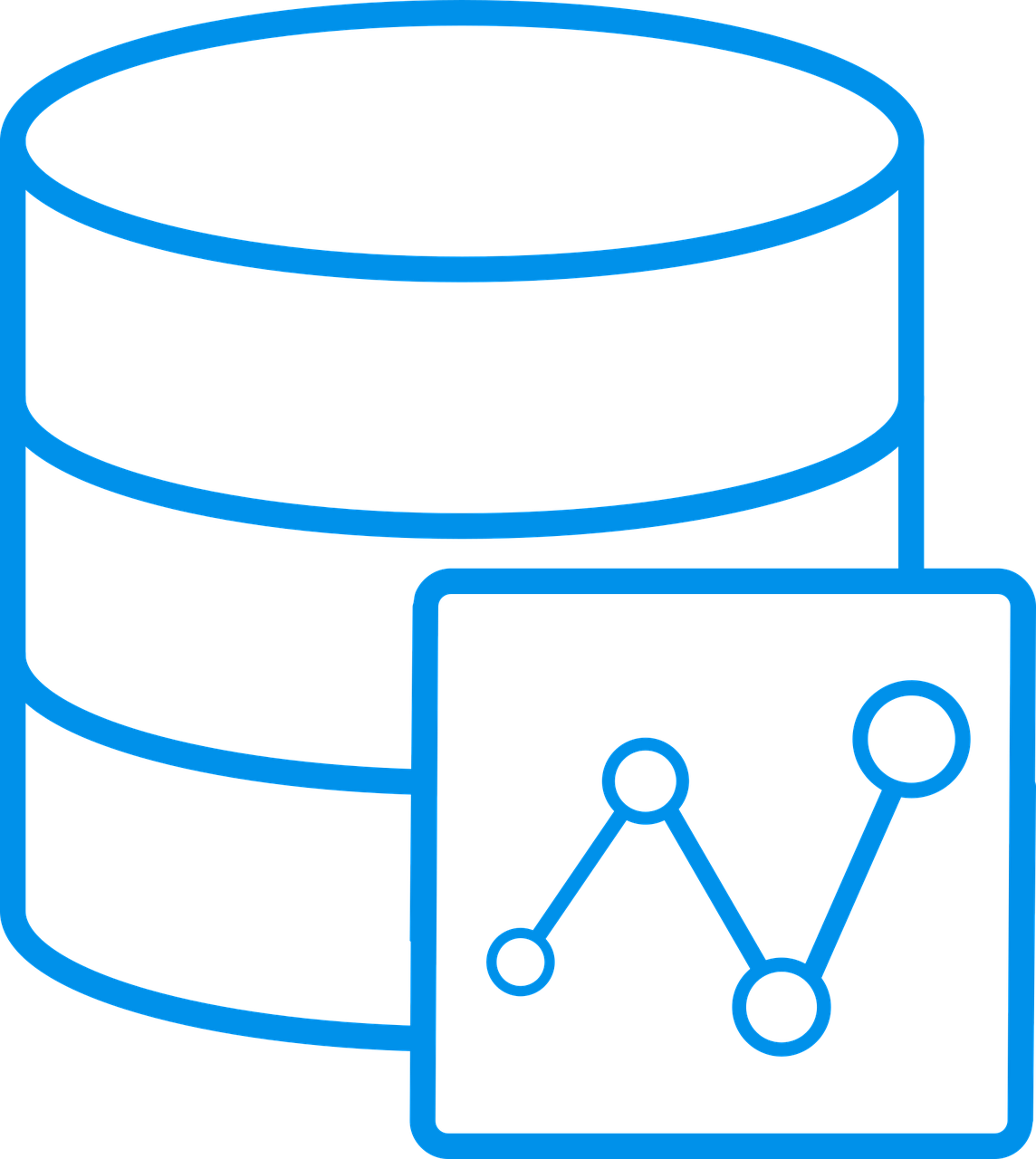What is Deep Learning?
Deep learning, a subfield of artificial intelligence (AI), has been making waves with its remarkable advancements in recent years. As a powerful machine learning technique, deep learning enables computers to learn by example, much like humans do. This groundbreaking technology has found applications in various fields, from driverless cars to voice-controlled devices. This comprehensive guide will explore the fascinating world of deep learning, including its components, significance, applications, and more.
Understanding Deep Learning and Neural Networks
Deep learning is a specialized form of machine learning that uses neural networks to perform classification tasks directly from data, such as images, text, or sound. These neural networks consist of several interconnected nodes organized in layers, including the input layer, hidden layers, and the output layer.
Input Layer
The input layer is composed of nodes that receive data for processing. This layer is responsible for feeding data into the neural network.
Hidden Layers
The hidden layers are the core of a deep learning system. They process and analyze information at different levels, adapting their behavior as they receive new data. Deep learning networks can have hundreds of hidden layers, allowing them to analyze problems from various perspectives. These layers work similarly to how humans analyze and categorize new information by comparing it to known examples.
Output Layer
The output layer consists of nodes that produce the final results. Depending on the range of possible outputs, the output layer may have more or fewer nodes.
The Importance of Deep Learning
Deep learning has gained significant attention due to its ability to achieve impressive results that were previously unattainable. The primary reason behind this success is accuracy. Deep learning models can achieve state-of-the-art accuracy levels, sometimes even surpassing human performance. This high level of accuracy is crucial for safety-critical applications like driverless cars and consumer electronics devices that must meet user expectations.
How Deep Learning Differs from Machine Learning
While deep learning is a subset of machine learning, there are some key differences between the two. In a traditional machine learning workflow, relevant features are manually extracted from data, and a model is created to categorize the objects in the data. In contrast, a deep learning workflow automatically extracts relevant features from data and performs “end-to-end learning,” where the network is given raw data and a task to perform, such as classification, and learns how to do it autonomously.
Another notable distinction is that deep learning algorithms scale with data, while shallow learning methods plateau at a certain level of performance when more examples and training data are added to the network. Deep learning networks often continue to improve as the size of the data increases.
Applications of Deep Learning
Deep learning has found applications in various industries, ranging from automated driving to medical devices.
Automated Driving
Automotive researchers are leveraging deep learning to automatically detect objects like stop signs and traffic lights. Additionally, deep learning is used to identify pedestrians, helping reduce accidents.
Aerospace and Defense
In the aerospace and defense sector, deep learning is employed to identify objects from satellite images and locate areas of interest, as well as to determine safe or unsafe zones for military personnel.
Medical Research
In medical research, deep learning is being utilized to automatically detect cancer cells. For instance, teams at UCLA have developed an advanced microscope that generates high-dimensional data sets used to train deep learning applications for accurate cancer cell identification.
Industrial Automation
Deep learning is enhancing worker safety around heavy machinery by automatically detecting when people or objects are within an unsafe distance of the machines.
Electronics
In the electronics industry, deep learning powers automated hearing and speech translation. Devices like home assistants that respond to voice commands and learn user preferences are driven by deep learning applications.
Convolutional Neural Networks: A Popular Deep Learning Architecture
One of the most widely-used types of deep neural networks is the convolutional neural network (CNN or ConvNet). CNNs are particularly well-suited for processing 2D data, such as images, as they employ 2D convolutional layers. This architecture eliminates the need for manual feature extraction, enabling the CNN to extract features directly from images. The relevant features are not pretrained, but rather learned while the network trains on a collection of images. This automated feature extraction makes deep learning models highly accurate for computer vision tasks like object classification.
Transfer Learning: A Common Deep Learning Approach
The majority of deep learning applications employ transfer learning, a process that involves fine-tuning a pretrained model. Transfer learning starts with an existing network, such as AlexNet or GoogLeNet, and feeds in new data containing previously unknown classes. After making some adjustments to the network, it can now perform a new task, such as categorizing only dogs or cats instead of thousands of different objects. This approach requires less data and computation time, making it a more practical option for many applications.
Accelerating Deep Learning with GPUs
Training deep learning models can be a time-consuming process, taking anywhere from days to weeks. However, using graphics processing units (GPUs) can significantly accelerate the process. MATLAB, a popular deep learning tool, employs GPUs to reduce the time required to train a network, cutting the training time for an image classification problem from days to hours.
Deep Learning with MATLAB
MATLAB makes deep learning accessible and easy to implement. With tools and functions for managing large data sets, MATLAB also offers specialized toolboxes for machine learning, neural networks, computer vision, and automated driving. MATLAB allows users to create, visualize, and deploy deep learning models quickly and efficiently, even without extensive expertise in the field.
Choosing Between Machine Learning and Deep Learning
When deciding between machine learning and deep learning, consider factors like the availability of a high-performance GPU and a large amount of labeled data. If you lack either of these resources, machine learning may be a more suitable option. Deep learning is generally more complex and requires thousands of images to achieve reliable results. Having a high-performance GPU will reduce the time it takes for the model to analyze all the images.
The Future of Deep Learning
Deep learning has come a long way since its inception in the 1980s, and its potential for future growth is immense. As technology continues to advance and more labeled data and computing power become available, deep learning will likely play an increasingly significant role in various industries and applications. By understanding and harnessing the power of deep learning, we can unlock new possibilities and shape the future of artificial intelligence.

